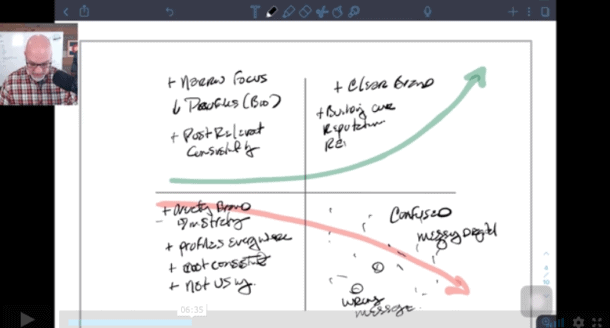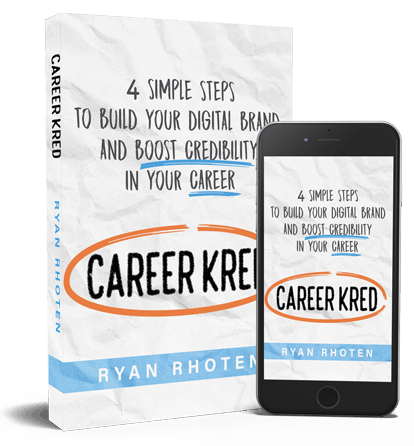Golf seems like such an easy game to play…until you play it. Once on the course, you realize quickly that there is a lot more to golf than just hitting a little ball towards a flag several hundred yards away.
In addition to just being downright difficult to making the ball do what you want it to do, the rules of golf are very restrictive. They are set up this way in order to preserve the game and to put everyone on a level playing field. The rules also encourage leadership in ways other sports cannot.
 The game of golf teaches us about decision-making by providing us with a unique opportunity to assess all of our available options. For example do you lay up when you know you can't make the shot? Driver or iron off the tee?
The game of golf teaches us about decision-making by providing us with a unique opportunity to assess all of our available options. For example do you lay up when you know you can't make the shot? Driver or iron off the tee?
These decisions require you to know yourself (leadership style) and your game (business or customers). They may also require you to know the rules or parameters in which your decisions will be made.
Of all the rules in golf, probably the most frustrating rule that will test your mettle and decision-making is Rule 13-1. 13-1 states that the ball must be played as it lies. In other words, here you are, what are you going to do now?
This one rule can applied to many instances in your life and your leadership. Businesses over the last several years have been living rule 13-1. Many have had to consider options that may have been unthinkable prior to the economic slump.
Playing it as it lies means you have to deal with the hand you are dealt, whether by your own doing (errant tee shot) or by other means such as a faltering economy. While how you got there is important to understand (check out this article about failure and success) it’s really how you handle this rule can and does define you as a person and as a leader.
In the 1999 Phoenix Open, Tiger Woods drove his ball off the fairway and directly behind a large boulder where rule 13-1 came into play. To the casual observer, there was no way he could get to the green from where he was so he had no choice but to take a stroke and hit the ball back into the fairway. Rather than accept his situation as a given, Tiger started looking for options.
Knowing he had options Tiger asked for clarification on Rule 13-2 which states (I'm going to paraphrase here) that a player must not improve or allow to be improved the position or lie of his ball or the line of play.
In other words, your ball is where it is and while you may want to go in one direction sometimes your line of play is blocked. The rule goes on to say that a player cannot improve the line of play by moving, bending or breaking anything growing or fixed which includes immovable obstructions and objects defining out-of-bounds.
Think about your business for a minute. What obstructions do you see that prevent you from getting to where you want to go (line of play)? Are your obstructions things like processes, machines, and bureaucracy within the organization?
What if it’s the economy or the products you are selling? How do you handle situations in which the direction you want to take your business is obstructed?
After asking for clarification from a PGA rules official, (think of this as your team, your board, your mentor) it was determined that the rock was not growing or immovable. Thinking quickly and reviewing his limited options, Tiger asked his fans to help move the boulder out-of-the-way.
Rather than accept what others thought was inevitable, Tiger showed his leadership by assessing his situation, asking for assistance to determine his available options, deciding how he would proceed then executing his newly formed plan in order to achieve his goal. In case you are wondering, he did go on to birdie the hole.
 When faced with a similar situation whether at work, in life or on the golf course how will you react? Will you blame the economy or your competitors? Will you take the easy path and put it back in the fairway or will you look for the unconventional alternative?
When faced with a similar situation whether at work, in life or on the golf course how will you react? Will you blame the economy or your competitors? Will you take the easy path and put it back in the fairway or will you look for the unconventional alternative?
Remember there are always more than two options or solutions to every problem. Whether or not you discover them is determined by your leadership. Tiger demonstrated leadership in two ways on the golf course that day. First, he refused to blame the groundskeeper for placing that boulder in his way. Because of this, he was able to look for and find alternatives.
Second, because he was willing to ask for help he was able to find an alternative he may not have otherwise discovered.
People like to look at leaders as having the answer for every situation that arises. However, the reality is that leaders do not need to have all of the answers but they do need to know when to look for alternatives and when to ask for help.
A good leader knows that there is always a third option out there waiting. In order to uncover it, he or she must be willing to consider the unconventional and ask for help when the time comes.
Just like Tiger on the golf course, there are times in life when we are stuck behind a boulder. When you find yourself in that spot, how do you react? Do you look for all available options or just the ones in front of you? Do you ask for help?
A good leader knows when to ask for both. There will be times when you will need help to move boulders. Don’t be embarrassed to ask for it. Your team will be grateful you did and your line of play might just improve much quicker than you can imagine.





